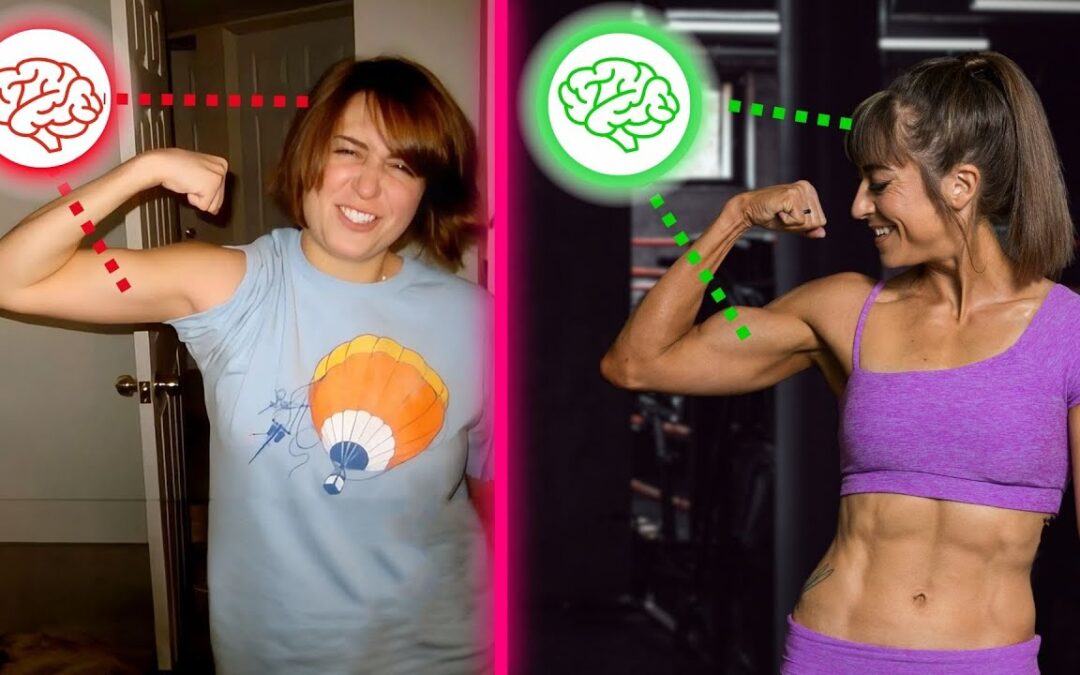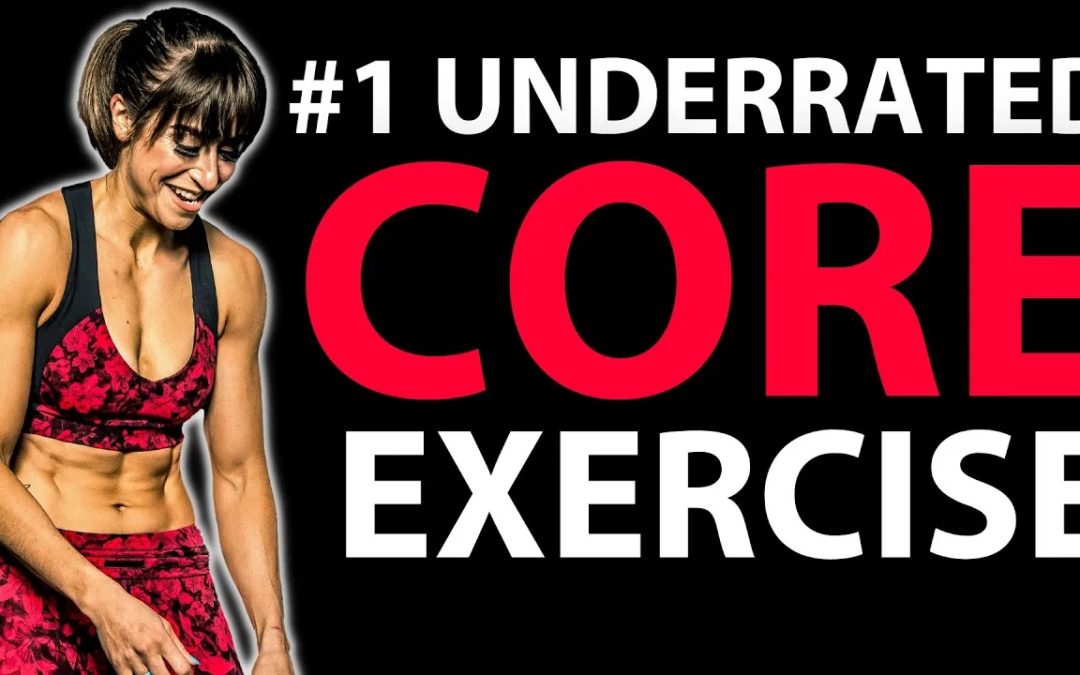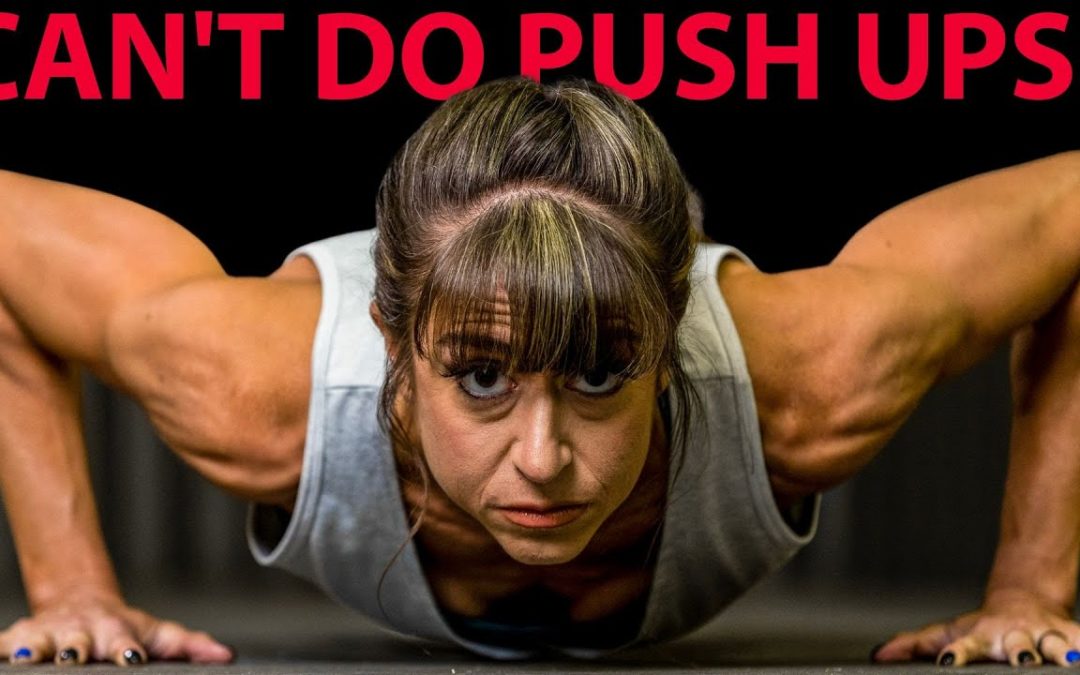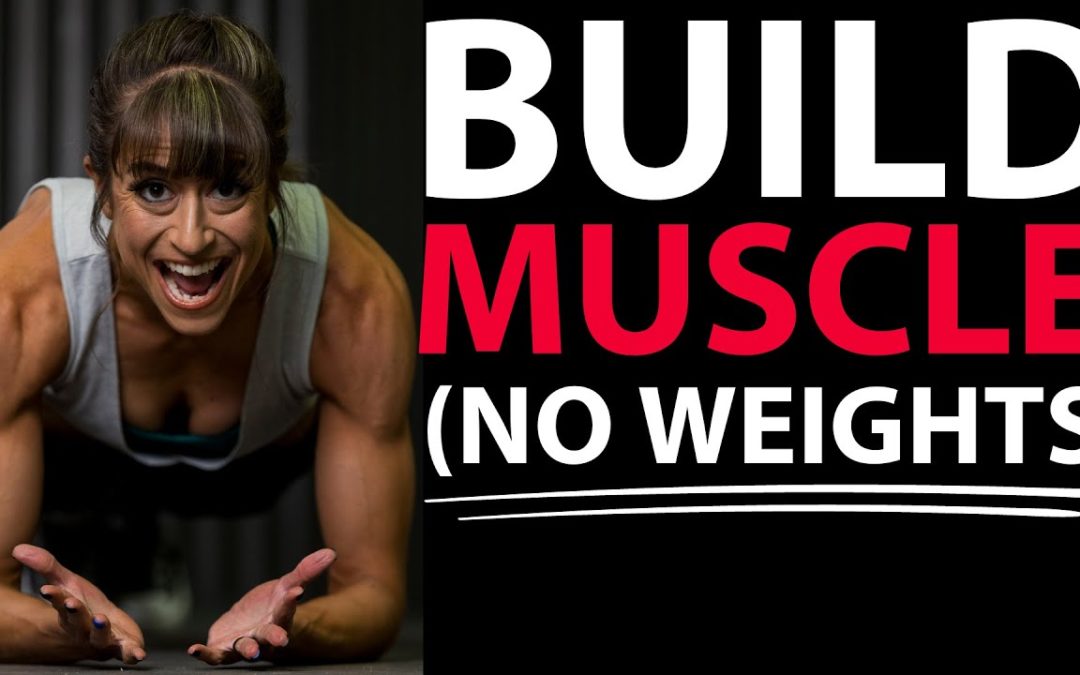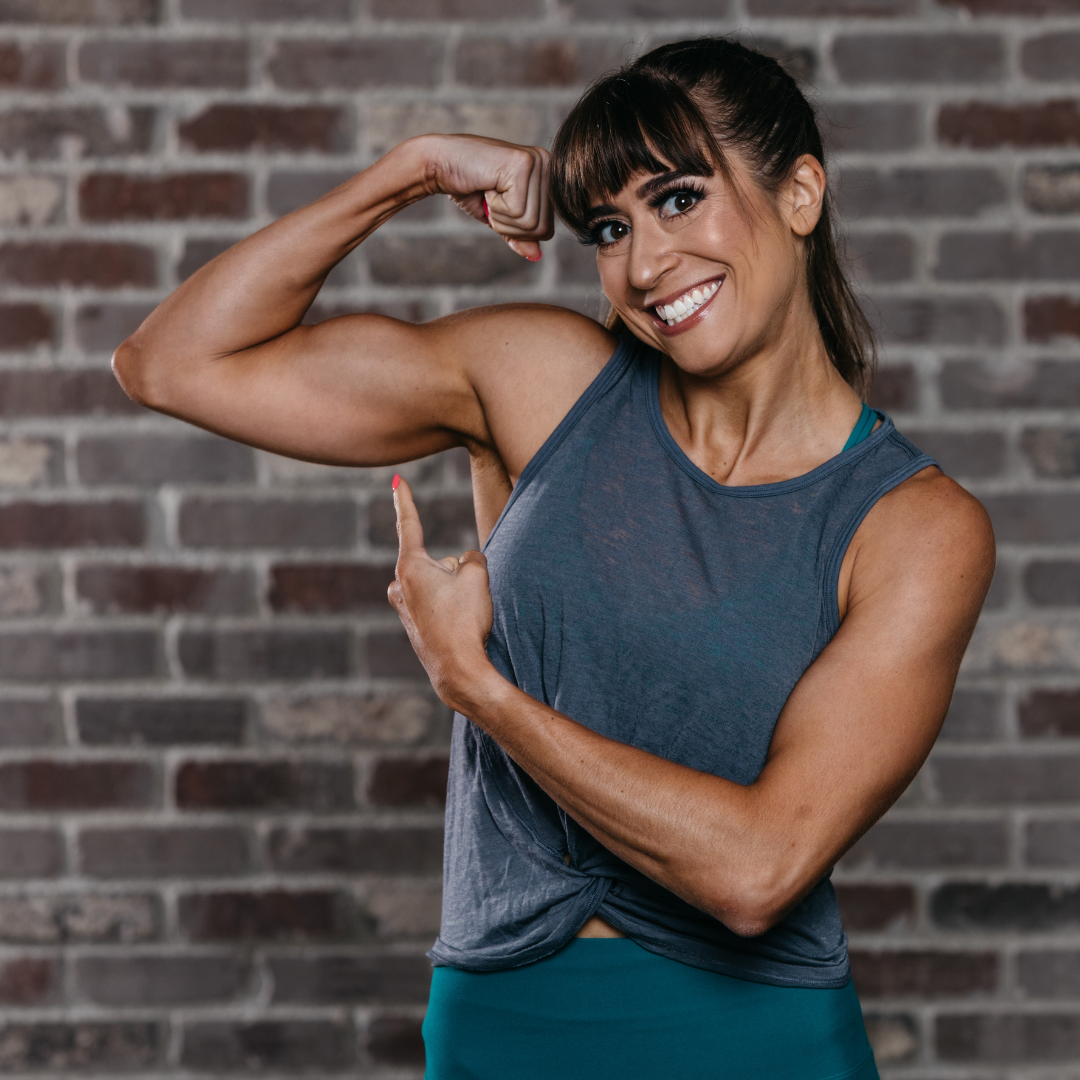
by Cori Lefkowith | Dec 10, 2023 | Blog, Exercises, Functional Fitness, Pain Relief
How aware of your body are you? Do you think you have an amazing mind-body connection? Well…here’s a test to find out! I mention this because too often we’re doing the right moves yet not seeing the results we want. And it’s because we’re going through the motions...

by Cori Lefkowith | Dec 25, 2022 | Blog, Exercises, Functional Fitness, menopause-featured
If you’re looking for exercises to not only help you live a longer life but a healthier one, then this video is exactly what you need. In this video I am going to share with you why explosive exercises are key to include, 5 moves to improve your functional strength...

by Cori Lefkowith | Dec 18, 2022 | Blog, Bodyweight, Core, Exercises, Functional Fitness
If you are looking for an amazing core exercise to work your abs, obliques, glutes, hamstrings, shoulders, adductors, serratus anterior and back, that requires no equipment so you can do it anywhere, then you’re going to love this video! In this video I’ll show you...

by Cori Lefkowith | Nov 20, 2022 | Blog, Bodyweight, Exercises
Often when we can’t do a move like push ups, we think that there is just muscle weakness we need to address. So we start doing more strength work for those muscles like our chest or maybe shoulders or triceps. But even doing this strength work, we can feel like we’re...

by Cori Lefkowith | Nov 13, 2022 | Blog, Bodyweight, Diet, Exercises
You need weights to build muscle. False. You don’t. While adding heavier loads can make it easy to create that progression and challenge your muscles to improve your muscle hypertrophy or muscle gains, you don’t need weights to build some killer functional strength...
